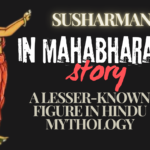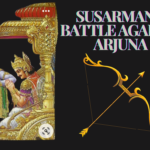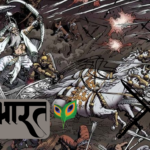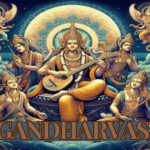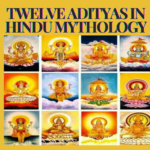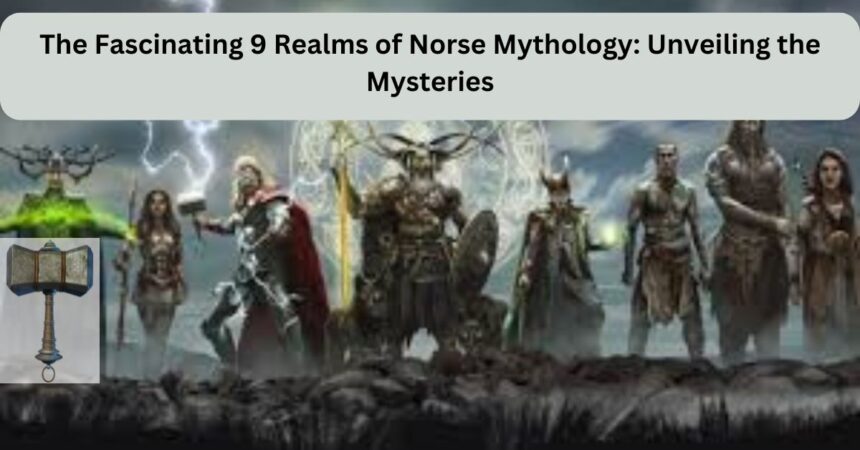Norse mythology, rich with tales of gods, giants, and otherworldly beings, is anchored in a complex cosmology centered around the concept of nine distinct realms. These realms, interconnected by the mighty world tree Yggdrasil, each hold unique significance and characteristics that reflect the Norse understanding of the universe. From the divine halls of Asgard to the fiery depths of Muspelheim, each realm offers a glimpse into the Norse imagination and their interpretations of order, chaos, life, and death. This guide delves into the intricate details of these 9 realms, exploring their roles, inhabitants, and the myths that bring them to life, providing a comprehensive understanding of the cosmic structure in Norse mythology.
The 9 Realms in Norse Mythology: A Comprehensive Guide
Asgard: The Realm of the Æsir
Asgard was the realm of the Æsir, a pantheon of gods led by Odin. This divine realm was connected to Midgard, the human world, by the Bifröst, a rainbow bridge. Asgard was depicted as a magnificent place, home to numerous grand palaces. According to the Poetic Edda, Asgard was divided into 12 smaller sub-realms. Among these were Valhalla, where Odin housed warriors who died in battle, and Fólkvangr, Freya’s field for fallen soldiers. Other notable sub-realms included Thrudheim, Thor’s home, and Breidablik, Baldur’s residence.
Midgard: The Human Realm
Midgard was the realm of humans, synonymous with the real world. It was the only realm accessible to humans, although gods and jötnar often visited. ‘Midgard’ translates to ‘middle enclosure,’ reflecting its position in the cosmos, flanked by Asgard above and Helheim below. This name also hints at the concept of innangard (orderly, civilized society) versus utangard (chaotic, wild society). Asgard represented the ideal innangard, while Midgard strove to emulate this order.
Vanaheim: The Mysterious Realm of the Vanir
Vanaheim was home to the Vanir gods, but little is known about its nature. It is mentioned briefly in the Poetic Edda and the Prose Edda, with no detailed descriptions. The name ‘Vanaheim’ contrasts with ‘Asgard’ and ‘Midgard,’ suggesting a more chaotic environment, possibly due to the Vanir’s association with nature.
Jotunheim: The Land of the Giants
Jotunheim was the realm of the jötnar (giants), characterized as a vast, untamed wilderness. It was the ultimate example of utangard, embodying chaos and disorder. Jotunheim was separated from Asgard by the river Ífingr. The realm’s harsh landscapes, including deep forests and frozen peaks, were inspired by Scandinavia’s rugged terrain.
Alfheim: The Realm of the Elves
Alfheim was the bright and beautiful home of the elves. The Poetic Edda links the Vanir god Freyr to Alfheim, though this connection remains puzzling. Some scholars suggest the elves and Vanir might have been one group, but the existence of Vanaheim challenges this theory. According to the Prose Edda, only the light elves lived in Alfheim, while dark elves resided in Svartálfaheim, likely another name for Nidavellir, the dwarves’ realm.
Nidavellir: The Dwarven Domain
Nidavellir, home to the dwarves, was described in the Poetic Edda as a dark field with golden halls. Dwarves, master craftsmen, resided here, forging legendary items like Thor’s hammer. The Prose Edda’s introduction of Svartálfaheim as the realm of dark elves, possibly another name for Nidavellir, adds to the complexity of Norse cosmology.
Niflheim and Muspelheim: Realms of Ice and Fire
Niflheim, a realm of fog and ice, and Muspelheim, a realm of fire, existed before the creation of the other realms. Their interaction in Ginnungagap, the primordial void, led to the creation of Ymir and Auðumbla. Niflheim was home to frost jötnar, while Muspelheim was inhabited by fire jötnar, including the formidable Surtr.
Helheim: The Realm of the Dead
Helheim, ruled by the goddess Hel, was the realm of the dead. It was a cold, dark place, possibly located beneath the roots of Yggdrasil or within Niflheim. Helheim was not a place of torment but a continuation of life after death. The dead in Helheim engaged in activities similar to those in Midgard, maintaining a semblance of their earthly existence.
Yggdrasil: The World Tree Connecting the 9 Realms
Yggdrasil, the immense tree, unified the 9 realms of Norse cosmology. Its branches reached into the heavens, supported by roots extending to significant wells and springs. Entities like the Norns, who controlled fate, and creatures like the stags and the serpent Niðhǫggr played vital roles in maintaining the balance of the cosmos.
Understanding the 9 realms of Norse mythology offers a glimpse into the rich and intricate belief system of the Norse people. Each realm, with its unique characteristics and inhabitants, contributes to the fascinating tapestry of Norse mythological tradition.
